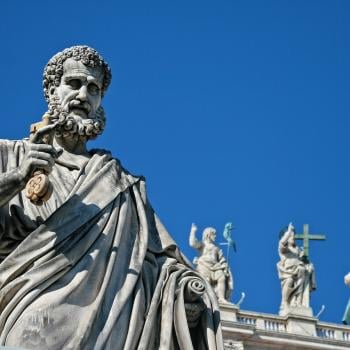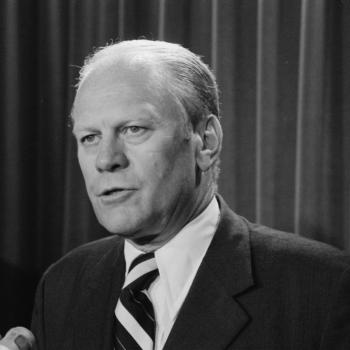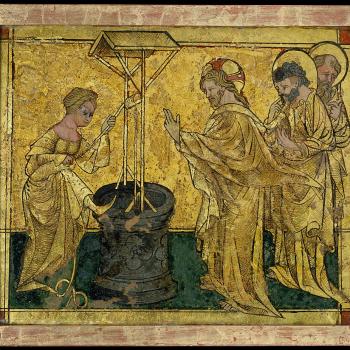You give us a new model of civic engagement, a new way to dialogue and work together. What's the gist of that model and how did you develop it?
It's called Composite Engagement Model (CEM); and most importantly, it's not some type of academic or untested construct. It was formed over the past decade by practical, real-time work, implementation, and analysis on local, national, and international levels. (CEM case studies can be read about in Chapters 7 [religion] and 8 [politics].) CEM therefore, has four cyclical movements:
1. A Proper Implementation of Reconciliation
2. Practice the Countercultural Act of In-Person Interaction
3. Build Bridges Instead of Armies
4. Fidelity Leads to Sustainability
CEM (explored one-by-one throughout Chapters 2-5) is in direct opposition to the consensus model of social change used in contemporary society, what I call Conversion Based Engagement (Chapter 6). CEM isn't about converting the other to social, political, or religious alignment. It's actually about living into one's belief to its fullest extent. The point is to know how to disagree, and yet peacefully and productively engage those who believe, and further, are totally different.
Our Last Option explores how to do such a thing in two specific contexts: relationally and structurally. CEM's impact on social relations centers on how we can build bridges with other individuals—family, friends, neighbors, coworkers—on the most debatable of strongly held ideologies and belief systems (examples include Republican/Democrat; LGBT/Heteronormativity; Religious/Atheist; the general division over abortion and marriage, among others). Structurally, Western culture props up an ideal of pluralism that functions through a variety of competing worldviews and policies. Yet contemporary culture doesn't live into that ideal because partisan entities are simultaneously messaging positive pluralism while working to convert those who disagree into alignment. CEM offers a different way, where competing worldviews and polices can actually live together and thrive in terms of the three largest structural norms: culture, politics, and religion (Chapter 1).
Despite the conflicts that ravage our communities, you have a tone of hope and confidence in your argument. How do you explain that?
I'm hopeful because for over a decade I've seen first hand how CEM does significantly contribute to the social healing of relational and systemic disconnects that have caused so much pain. This e-book isn't a critique of the current state of society's (non)engagement. It's a way forward. I recently received an email from a man named Brad Ketch, CEO of Rockwood Community Development Corporation in Portland, OR (rockwoodcdc.org). Mr. Ketch detailed how Rockwood adopted the CEM process to their community engagement with health care, indigenous development, and refugee education. Since that point they have been able to attract city-wide partnerships, secular and religious, and their charitable outputs and effectiveness have increased to unprecedented levels. I didn't know any of this was going on before his email, yet it's just another example of how CEM works in a variety of contexts.
What do you hope your readers take away from this book?
The point of CEM is not necessarily the creation of non-profits. Though outcomes like Rockwood are welcome, Our Last Option is about giving an effective model of building bridges to people who, like most of us, are just trying to handle the intense ideological disconnects throughout our everyday lives. CEM is a reminder that we don't have to simply fall in line with partisan talking points and expectations that continually demonize those who are not like us. We can live differently, with more intentionality to build bridges, in such a way that we can produce a civil society that lives into the best of its contemporary, pluralistic nature. The point is that a variety of competing worldviews and policies don't have to necessitate the creation of an enemy. CEM rather provides a means to civically strengthen our culture by using our diverse set of strong convictions to engage culture in mutually beneficial ways, for the betterment of society, politics, and religion.




